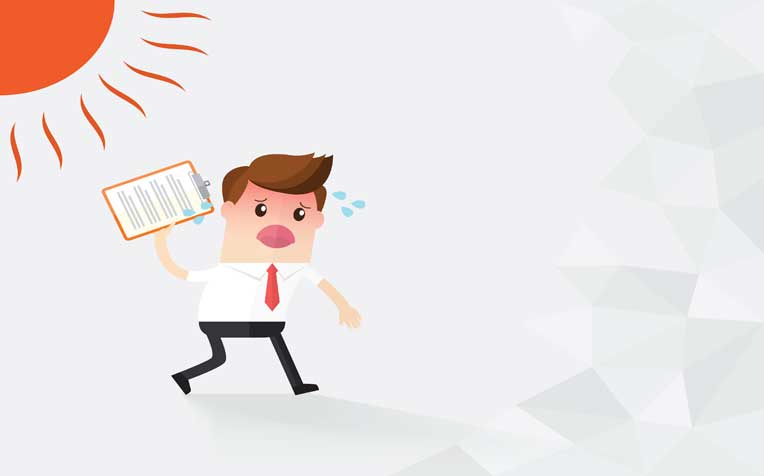HealthXchange will NEVER ask you to transfer money over a call. If in doubt, call the 24/7 ScamShield helpline at 1799, or visit the ScamShield website at www.scamshield.gov.sg.
Heat Stroke: Types and Symptoms

Without treatment, the body temperature can rise up to at least 41°C.
The weather’s getting hotter but it’s not marathoners or extreme sports enthusiasts who are catching the attention of doctors.
Doctors who treat people for heatstroke have noticed the quiet emergence of another group of patients seeking treatment for heat-related disorders – elderly spa clients.
One of them, a woman in her 70s, fell asleep in the sauna and was unconscious by the time staff at the spa found her. She was rushed to Singapore General Hospital (SGH) with a very high body temperature. Doctors managed to cool her down by lowering her temperature to normal, but she later died because of complications related to other medical conditions.
At least one other elderly woman is known to have suffered from heatstroke after staying for too long in a sauna or steam bath. She too eventually died.
Types of heat stroke and heat stroke symptoms
A/Prof Phua Ghee Chee, Senior Consultant at the Department of Respiratory and Critical Care Medicine, Singapore General Hospital (SGH), a member of the SingHealth group, said: “(Treating people for) exertional heatstroke is less common now because people are more aware of the dangers of doing strenuous exercise or sports without proper hydration or preparation.”
“Non-exertional heatstroke – usually seen in the elderly or extremely young – is becoming more common. Older people are usually not as fit and may suffer from other medical conditions, making them more prone to complications when hit by heatstroke. As for small kids, they can’t regulate their body temperatures as well as adults.”
Many people may not realise they are getting heatstroke until the condition becomes severe. Symptoms such as thirst, profuse sweating, giddiness and nausea may be dismissed as minor discomforts. Without treatment, the body temperature can go sky high, rising to at least 41°C, and the person can become confused and disoriented.
Ref: N18
Contributed by
Related Articles
Public Events
Get the Health Buddy App
© 2025 SingHealth Group. All Rights Reserved.















 Get it on Google Play
Get it on Google Play